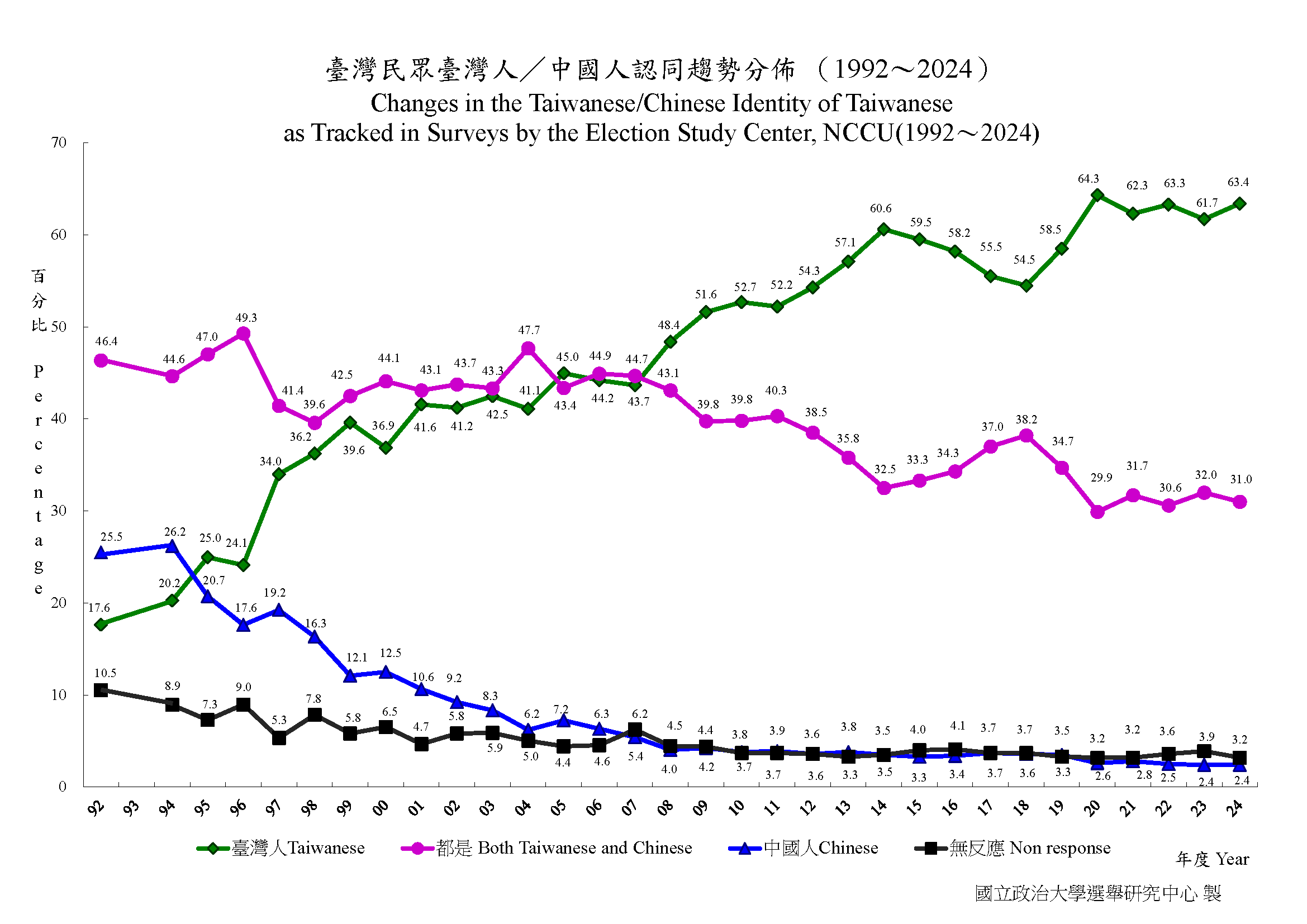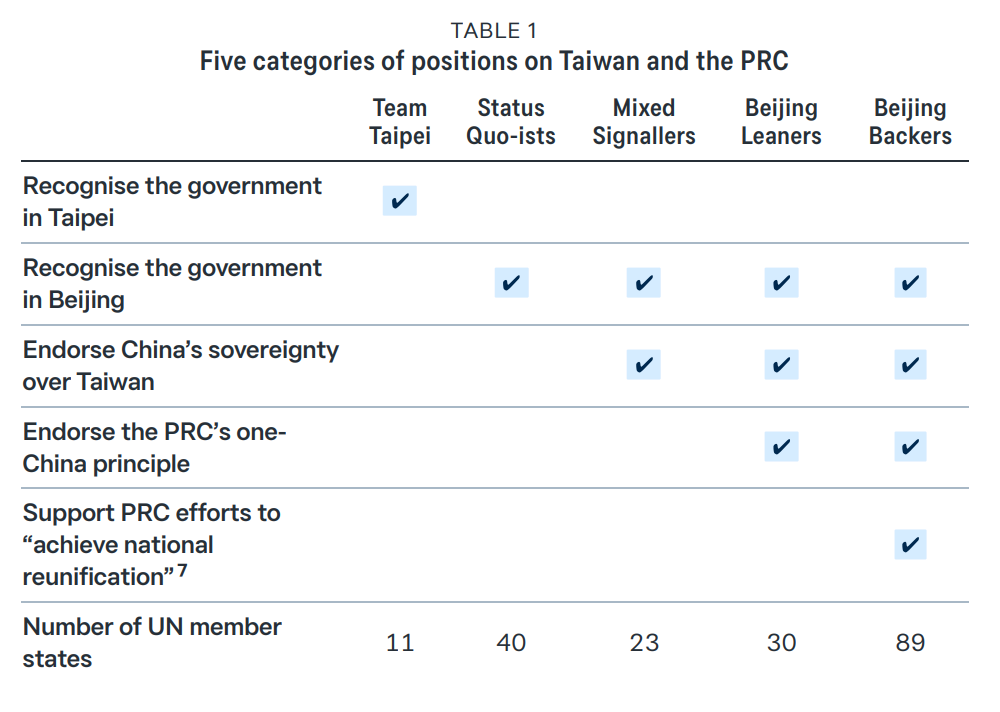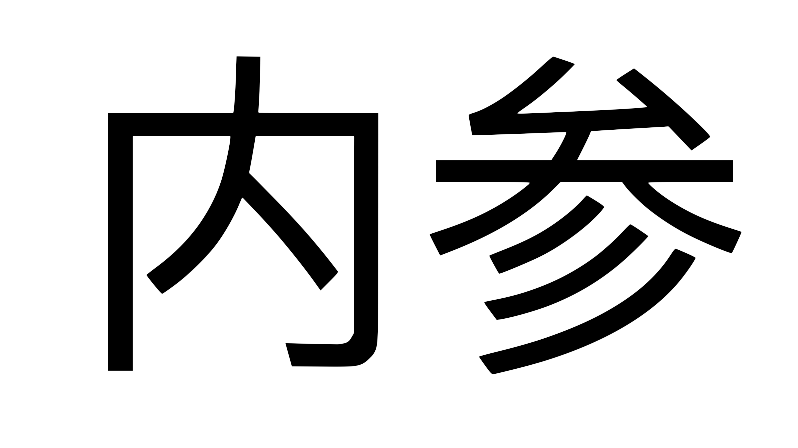Taiwan Work Conference, Uyghur Deportations, Emergency Response
In this issue of China Neican:
- Taiwan Work Conference 2025
Beijing’s 2025 Taiwan Work Conference reaffirmed its one-China principle and opposition to Taiwanese independence but introduced notable changes in rhetoric. Wang Huning’s speech emphasised Beijing’s need to "firmly grasp" control over cross-Strait relations and framed reunification as an inevitable outcome. These adjustments suggest a shift toward portraying Beijing as actively shaping Taiwan’s future rather than reacting to external forces. However, rhetoric alone does not dictate policy, and Beijing’s concrete actions remain the key factor in assessing its Taiwan strategy. - Thailand’s Deportation of Uyghurs
Thailand deported 40 Uyghurs to China, raising concerns about their fate upon return and broader implications for asylum seekers in Southeast Asia. The move follows a history of Uyghur deportations from the region, including Malaysia in 2017 and Cambodia in 2009. Beijing framed the deportation as a legal matter, while human rights organisations highlighted the principle of non-refoulement, which prohibits sending individuals to countries where they may face severe mistreatment. The case underscores China’s growing influence in Thailand, particularly following recent diplomatic and economic agreements between the two countries. - China’s New Emergency Response Plan
Beijing has released the National General Emergency Response Plan, replacing the 2005 framework. The plan refines China’s crisis management by enhancing central coordination, integrating advanced technology, and clarifying responsibilities across government levels. While the system excels in rapid resource mobilisation, challenges remain, including bureaucratic rigidity, information control, and regional disparities in preparedness. The plan reflects China’s ongoing effort to improve governance in disaster management while maintaining strong state oversight.
Taiwan Work Conference
Messaging Shifts
On February 25 and 26, Beijing held its annual Taiwan Work Conference, with Politburo Standing Committee member and Chinese People’s Political Consultative Conference Chairman Wang Huning delivering a speech outlining Beijing’s Taiwan policy stance. Wang reaffirmed Beijing's longstanding positions, including adherence to its one-China principle and opposition to Taiwanese independence. However, official reports of the 2025 and 2024 work conferences reveal notable differences in messaging in Wang's speeches.
One shift in Wang's 2025 speech is a stronger emphasis on Beijing’s need to take the initiative in directing cross-Strait dynamics. The phrase "firmly grasping the initiative and dominant position in cross-Strait relations" (牢牢把握两岸关系主导权和主动权), absent in 2024, signals an effort to frame Beijing as actively shaping the trajectory of cross-Strait relations rather than merely responding to external developments.
Another notable change is the addition of "shaping the overarching trend of inevitable reunification" (塑造祖国必然统一大势), reinforcing the idea that reunification is not just a policy goal but an outcome driven by historical forces.
Together, these shifts suggest Beijing is positioning itself as both the architect and beneficiary of broader trends that support its vision for Taiwan.
While these rhetorical adjustments are notable, they should not be overinterpreted. Beijing’s statements are only one part of the equation; any assessment of its Taiwan policy must also consider its concrete actions.
Alongside this shift in language, Beijing continues efforts to appeal to young Taiwanese by emphasising economic integration. Wang's 2025 speech mentions "creating better conditions for Taiwan youth to pursue their dreams in the mainland" (为台湾青年来大陆追梦圆梦创造更好条件), reflecting Beijing’s long-standing strategy of using economic incentives to strengthen cross-Strait ties. This often involves positioning economic benefits as an alternative to political divergence.
Despite these efforts, Beijing’s political messaging remains largely unpersuasive, particularly among younger generations in Taiwan. Polls consistently show that most Taiwanese do not identify as Chinese, with an increasing number viewing Taiwan as distinct from mainland China.

The Shifting International Consensus on Taiwan
Internationally, however, Beijing’s position on Taiwan has gained significant diplomatic support.
A recent Lowy Institute study found that 119 countries (62 per cent of UN member states) endorse Beijing’s one-China principle and affirm China’s sovereignty over Taiwan. Among these, 89 countries—nearly half of UN member states—have expressed what appears to be unqualified support for Beijing’s reunification efforts.
Despite this broad diplomatic alignment, Beijing often overstates the case, including by claiming that its position is backed by "universal consensus of the international community". Beyond the 11 countries that maintain formal ties with Taipei, 40 others have declined to endorse Beijing’s claim that Taiwan is part of China. In total, more than a quarter of UN member states do not fully accept China’s position on Taiwan.
This divergence highlights the complexity of international positioning on Taiwan. While many countries align with Beijing diplomatically, significant nuances exist in how they interpret and apply the one-China framework. The gap between Beijing’s narrative and the reality of global diplomatic practice reflects the ongoing contestation over Taiwan’s status.


Thailand Deports Uyghurs
Context and Concerns
On February 27, Thailand deported 40 Uyghurs to China, sending them to Kashgar, Xinjiang. These individuals had been detained in Thailand since 2014 after fleeing China's Xinjiang region, where security measures and assimilation policies have led to widespread allegations of human rights abuses against the Uyghur Muslim minority.
The deported Uyghurs were part of a larger group of over 300 who fled China in 2014, seeking refuge in Southeast Asia. Upon arrival, they were arrested for immigration violations and placed in Thai detention. In 2015, Thailand deported over 100 Uyghurs to China, a move that drew international condemnation. The remaining detainees, including the 40 just deported, spent over a decade in Thai detention.
Legal and Human Rights Concerns
A key concern is that those deported may face prosecution and imprisonment upon their return to China.
This fear is grounded in two factors. First, given the Chinese government's well-documented policies in Xinjiang, it is not unreasonable to expect that they may be subjected to punitive measures.
Second, the lack of transparency regarding the fate of previously deported Uyghurs makes it difficult to verify their treatment upon return. China tightly controls information on politically sensitive issues, limiting independent monitoring and raising further concerns about their safety.
Human rights organisations note that Thailand is bound by the international law principle of non-refoulement, which prohibits the return of individuals to a country where they face a serious risk of severe mistreatment.
Beijing, however, has characterised the deported individuals as "illegal border crossers", framing the issue as a law enforcement matter. A Chinese Foreign Ministry spokesperson stated that the deportation was conducted in accordance with Chinese and Thai law, international law, and established international practices, further claiming that their legal rights had been fully protected.
A Precedent for Future Uyghur Asylum Seekers
Beyond the fate of the deported individuals, this case raises broader concerns about the future treatment of Uyghur refugees. If Thailand’s actions set a precedent, other countries in the region may follow suit, further shrinking safe havens for Uyghurs fleeing persecution.
Similar incidents have occurred in the past. In 2017, Malaysia deported 11 Uyghurs to China despite international appeals for their protection. In 2009, Cambodia forcibly repatriated 20 Uyghurs to China just days before finalising major investment deals with Beijing.
China’s Growing Influence in Thailand
The latest deportation must be understood within the broader context of China-Thai relations and Beijing’s increasing influence in the region.
In early February, Thai Prime Minister Paetongtarn Shinawatra met with Chinese leader Xi Jinping in Beijing. The two committed to deepening economic, technological, and security cooperation. During the visit, Thai and Chinese officials signed 14 agreements covering collaboration in artificial intelligence, green development, and trade.
Moreover, China’s economic footprint in Thailand continues to grow. One of the most significant projects is the China-Thailand Railway, part of Beijing’s Belt and Road Initiative. The railway is designed to connect Thailand with China via Laos, facilitating trade and regional connectivity. In February, the Thai government approved the second phase of the railway, extending from the central province of Nakhon Ratchasima to Nong Khai, a border province with Laos. Construction is expected to begin this year, with completion projected for 2030.
Thailand and China have also expanded cooperation on security issues, particularly in combating transnational crime. In late February, China repatriated over 1,000 of its nationals from Thailand, many of whom had been rescued from online scam centers in Myanmar.
The timing of the Uyghur deportation, following high-level diplomatic engagements between Thailand and China, raises questions about whether it was part of a broader effort by Thailand to align more closely with Beijing’s interests.
China’s Emergency Response System
Framework and Assessment
Beijing has released the National General Emergency Response Plan (国家突发事件总体应急预案), replacing the framework established in 2005. The updated plan refines China’s crisis management approach by strengthening central coordination, integrating technological advancements, and clarifying responsibilities across different levels of government. Rooted in a hierarchical, state-led structure, the plan aims to improve efficiency in prevention, response, and recovery.
